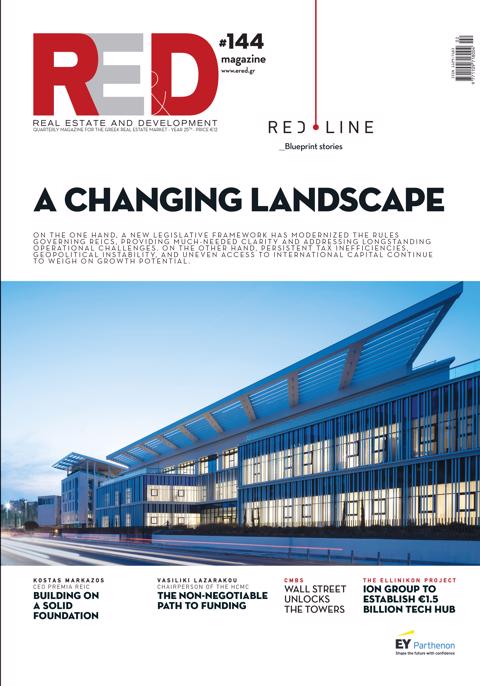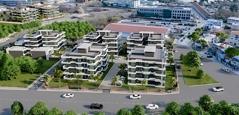The 2024 Report of the Governor of the Bank of Greece highlights substantial price increases, a sustained momentum in the construction sector, and persistent excess demand relative to the constrained supply, particularly in urban areas. However, it also underscores significant challenges that threaten the medium-term sustainability of the market.
Residential Market
Expectations remain notably optimistic, especially concerning high-spec investment properties, specialized-use properties, and serviced apartments.
Residential Properties: High Demand, Constrained Supply
In 2024, apartment prices saw an increase of 8.7% on an annual basis, with newly built properties rising by 10.1%. Although the rate of growth has moderated slightly (down from 13.9% in 2023), the overall upward trajectory remains robust.
Regionally, Thessaloniki and the rest of Greece recorded the highest price increases (+11.2% and +10.6%, respectively), surpassing Athens (+8.2%). The price index is now approaching pre-crisis levels from 2008, while prices for new apartments have already surpassed their historical peak.
The housing market continues to draw significant foreign interest, as evidenced by an 11.3% increase in Golden Visa applications (reaching 9,381 in 2024), while net capital inflows for property acquisitions amounted to €2.75 billion (+28.9% compared to 2023). High-end properties and serviced apartments continue to attract premium investors, particularly in prime central and coastal locations.
Construction Sector: Signs of Market Fatigue and Supply Constraints
The first eleven months of 2024 marked a notable rise in construction activity (according to ELSTAT data), with new residential building permits increasing by +30.3% and the corresponding buildable volume growing by +22.7%. However, these levels remain low compared to pre-crisis figures. Despite positive business sentiment regarding housing construction (as reported by IOBE), which recorded a more moderate year-on-year growth of 7.7% in 2024, compared to 18.1% in 2023, residential investments (based on ELSTAT data in constant prices) increased by 2.7% in 2024, in contrast to 24.7% in 2023. This remains at a low level as a percentage of GDP (2.4%). Additionally, the overall construction cost of new residential buildings (according to ELSTAT data) continued to rise in 2024, albeit at a decelerating annual rate of 3.7% (compared to 6.2% in 2023).
Financing: Growth Without Extensive Banking Support
New housing loans increased by 20.4%, yet overall demand remains restrained, primarily due to elevated interest rates. The outstanding balance of housing loans declined by 2.6%, and the Bank Lending Survey revealed a downward trend in demand for the third consecutive year.
The mismatch between development potential and actual absorption of banking liquidity remains a critical indicator of the market’s “dual-speed” nature, signaling a divergence between areas of growth and financial access.
Prospects for New Housing Supply
The sustained high rate of housing price increases over recent years has negatively impacted the economic affordability of housing for middle- and lower-income households, who are increasingly unable to meet the new price levels.
The activation of the "Home for Me II" Program, while facilitating access to housing for vulnerable households, further exacerbates demand for older properties that meet the program’s criteria.
Legislative efforts to restrict investment demand in specific locations, through stricter frameworks on short-term rentals and the Golden Visa program, aim to release housing stock for primary residential use. However, ongoing bureaucratic inefficiencies in property transfers and frequent shifts in the legislative and tax environment continue to deter new development investments, ultimately limiting the supply of modern properties in the market.
Addressing the housing challenge requires additional interventions aimed at simplifying and accelerating processes related to property transactions and development. Furthermore, a national strategic framework is needed to enhance the economic and business viability of regional areas, ease the pressure on metropolitan centers, and ensure a more balanced distribution of housing demand across the entire country.















